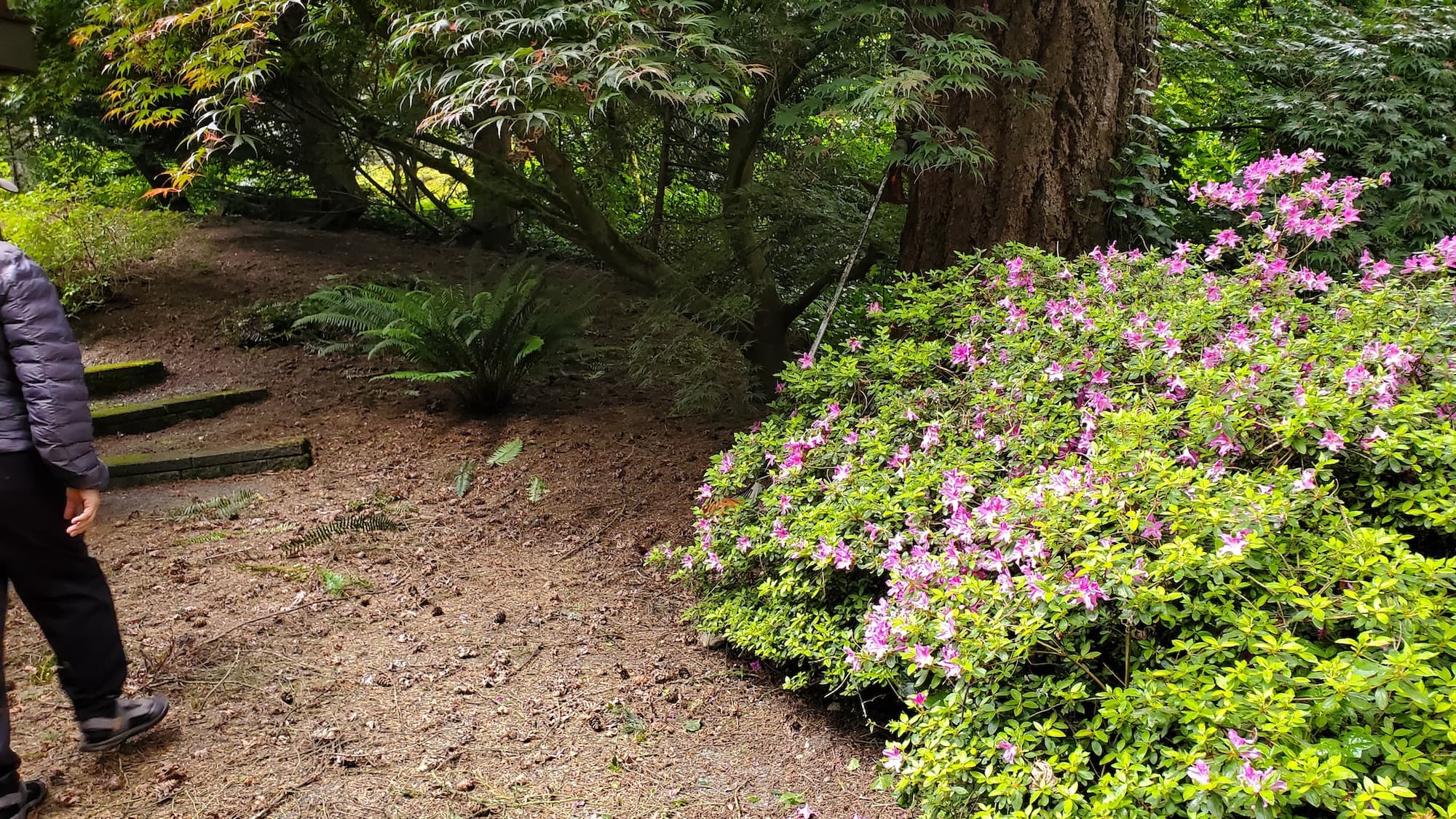Burien Cone or Pyramid Trimming
Homeowner’s Issue
Local yards face heavy marine-influenced rain, compacted glacial soils, and shady microclimates that encourage moss and ivy. Slopes and stormwater runoff can stress roots and create uneven growth, while south-facing spots get more sun and need different pruning timing. Owners want tidy, safe plants that hold shape through wind and rain, reduce ongoing work, and look good for tenants or curb appeal.
Winter storms and seasonal growth spurts mean periodic shaping is needed to prevent hazards and maintain form. In areas near Seahurst Park and neighborhoods toward White Center, drainage and slope stability often affect how we trim and mulch. Sustainable methods — hand-pruning, careful crown thinning, organic mulch, and compost — help plants recover faster and keep your yard low-maintenance without herbicides.
Our Quality Service
We shape conical and pyramidal shrubs and small trees with clean cuts and attention to branch structure, working around roots and drainage patterns. Our approach reduces wind sail, improves sightlines, and emphasizes long-term plant health for safer, prettier yards.
Benefits:
- Increased safety and reduced storm damage risk.
- Better curb appeal for renters or resale.
- Lower routine maintenance and longer-lasting results.
What’s Included
- Plant assessment and selective pruning.
- Shaping into cone or pyramid forms.
- Debris removal and tidy site cleanup.
- Optional upgrades:
- Mulch + landscape fabric.
- Organic weed control (hand-weed & mulch).
- Haul-away or green bin disposal.
Before & After / Expectations
After trimming, expect a few weeks of visible recovery as plants harden off; water only as needed. Watch for moss return in shady spots, manage ivy with hand-pulling, and refresh mulch annually to suppress weeds and retain moisture.
FAQs
- How long does a job take? Most small yards are 1–2 hours; larger or detailed topiary takes longer.
- Do you use chemicals? No — we use sustainable, non-chemical methods only.
- What about access and parking? Clear 10–15 feet around work areas; we bring compact tools that fit tight driveways.
- How often should I trim? Typically every 3–6 months depending on growth and visibility needs.
Call to Action
Local homeowners looking for dependable, sustainable trimming can book a free estimate. Fast scheduling, clear pricing, and practical care advice come standard — email neatandtidyseattle@gmail.com to get started.










